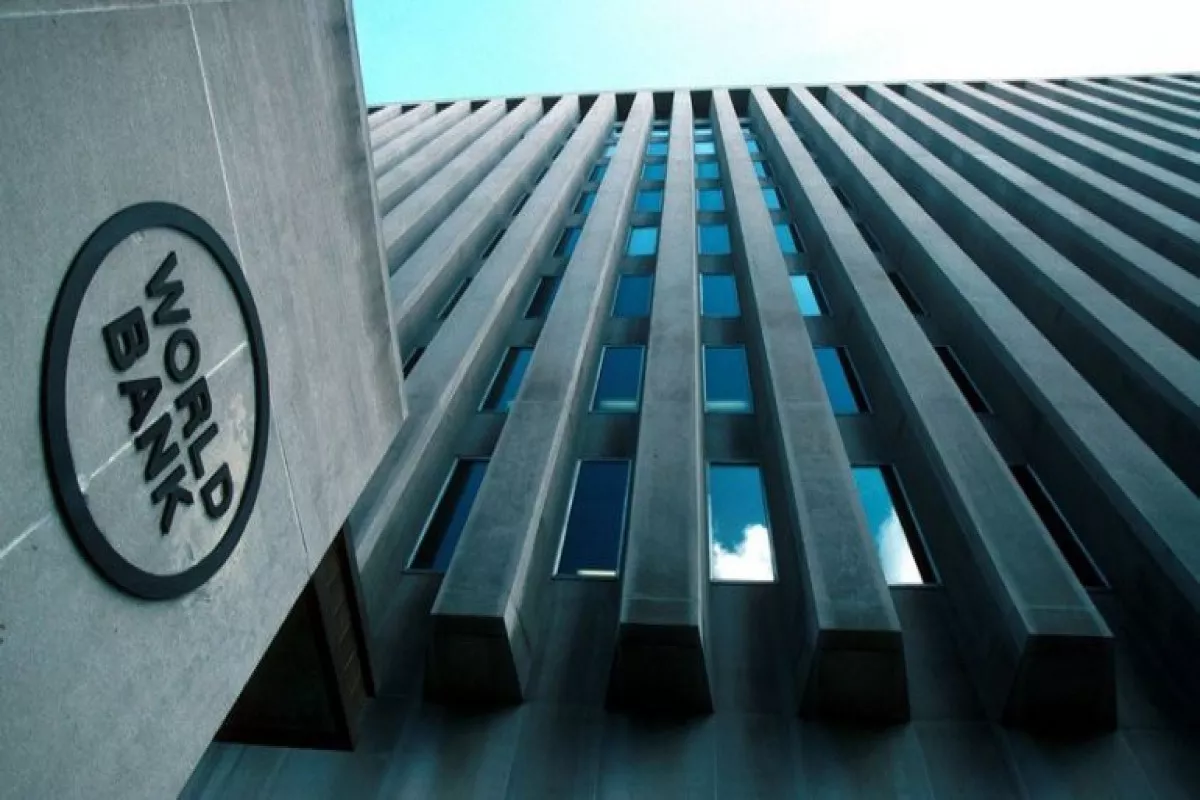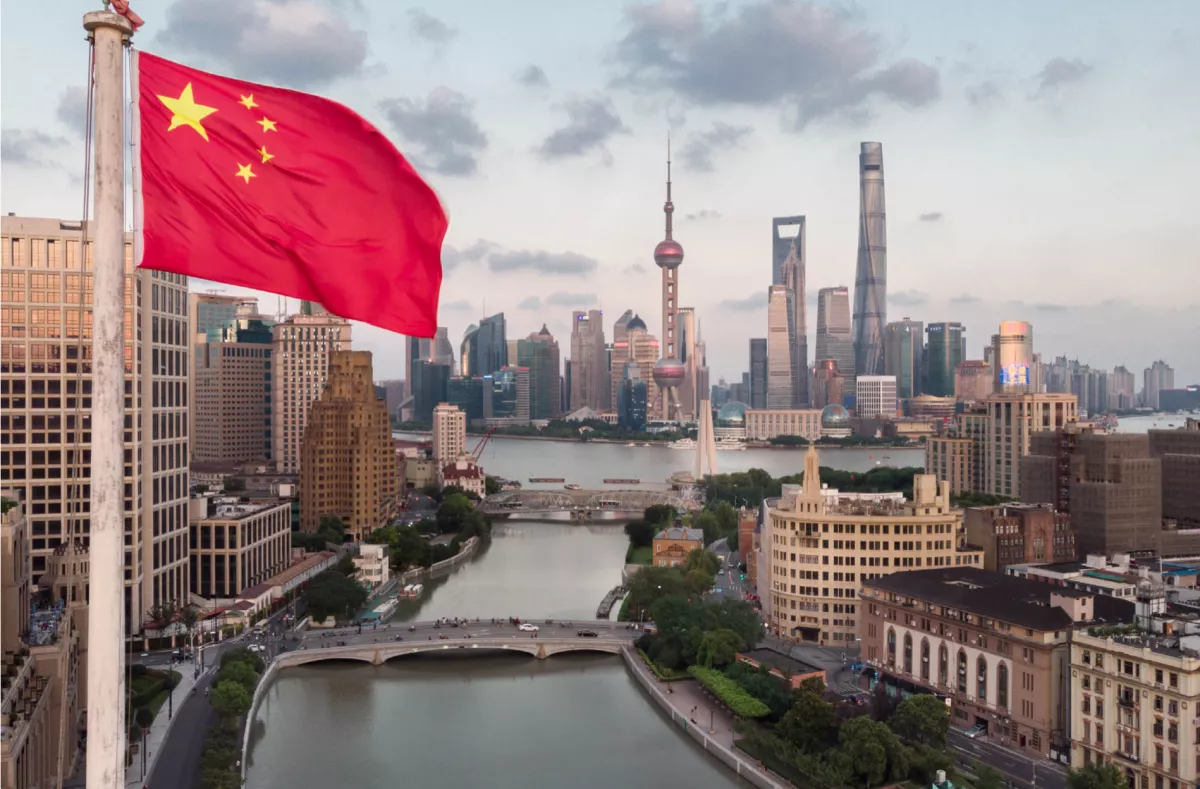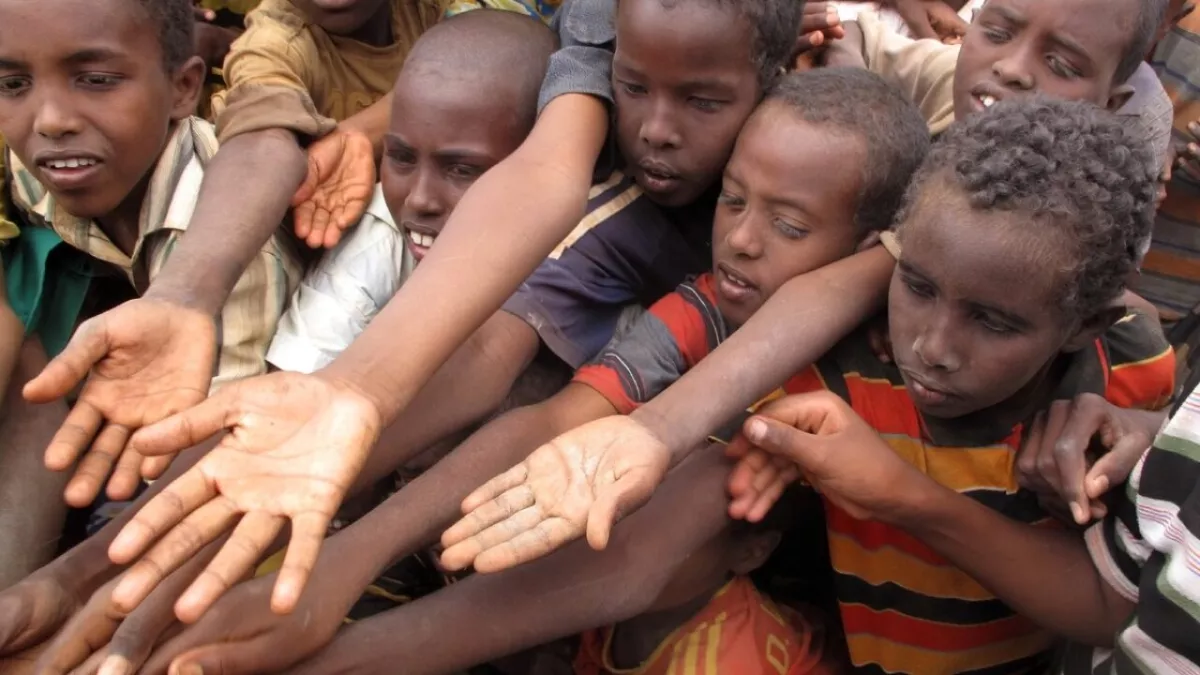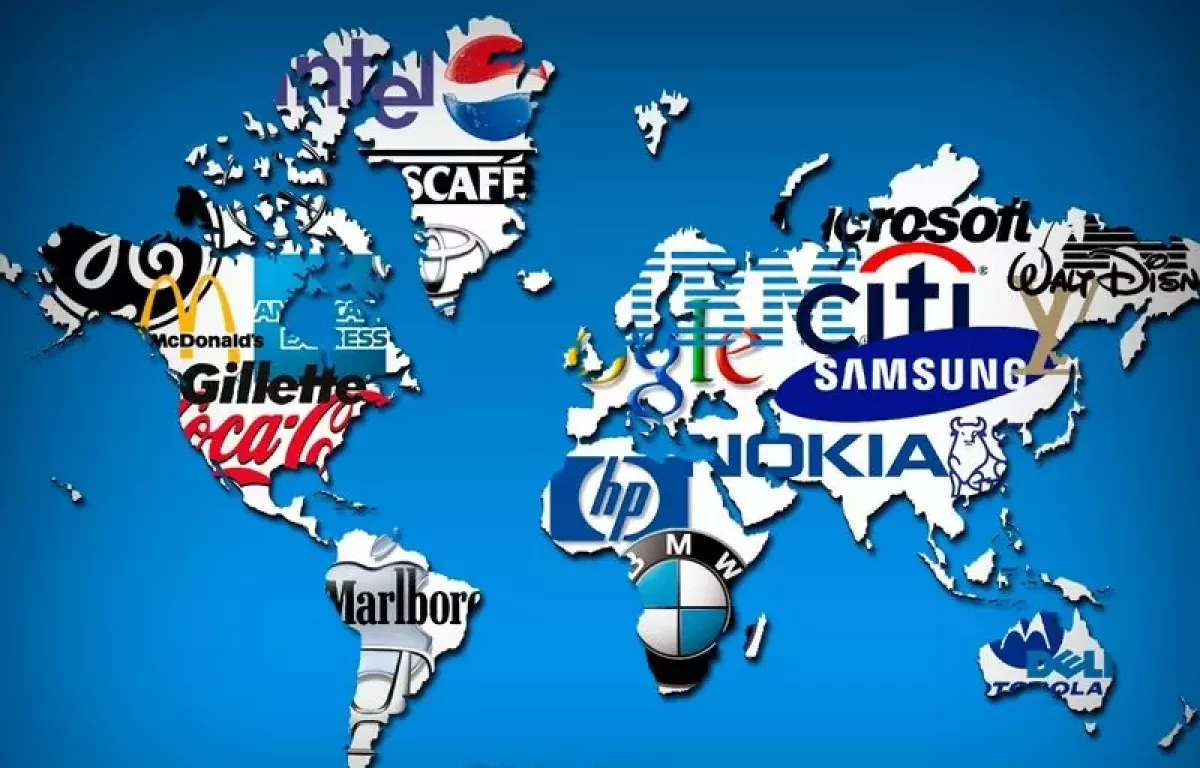Poverty: the eternal companion of globalism The rise of global inequality
Today, 44% of the world's population lives in poverty, according to data from the World Bank (WB). This figure has remained virtually unchanged since 1990, despite the explosive growth of technology and technical advancements.
Between poverty and extreme destitution
The World Bank’s 2024 report states that progress in poverty reduction has stalled. Today, 3.5 billion people — 44% of humanity — live on an income of $6.85 per person per day. Among them, 700 million, or 8.5% of the global population, live in extreme poverty, surviving on less than $2.15 a day.

Since the early 1990s, the number of people living in poverty and extreme poverty by these standards has changed very little. In 1990, there were 3.6 billion poor people worldwide. Then, during the 1990s and early 2000s, there was a sharp increase in poverty, largely due to the global imposition of the neoliberal economic model. By 2003, the number of poor had risen to 4.2 billion. After that, poverty levels began to decline gradually, but by 2024, the figure — 3.5 billion — remained essentially the same as in the early 1990s.
At the same time, a number of liberal propagandists claim that the relative number of poor and impoverished people has decreased. Yes, the global population has grown — but so have inflation and prices. It’s important to recognise that a dollar in the 1990s is not the same as it is today. One US dollar in 1990 is equivalent to $2.43 in 2025.
Over the past few decades, the number of people living in poverty (on $3.65 a day) and in extreme poverty (on $2.15 a day) has declined at a faster pace. This was largely due to the massive economic and social development of the People’s Republic of China, and to some extent, Indonesia.
But there are caveats. Between 2013 and 2019, around 150 million people managed to escape extreme poverty. However, the pace of overcoming pauperisation is now slowing.

Experts believe that this trend is partly due to the resolution of many social issues in China, where only 2% of the population now lives in extreme poverty. However, numerous regions around the world remain mired in chronic poverty.
According to forecasts, only 69 million people worldwide will be able to escape extreme poverty over the next five years. Meanwhile, 622 million people — or 7.3% of the global population — are expected to remain trapped in extreme poverty by 2030. Overall, 3.4 billion people — nearly 40% of the world’s population — will still be living on less than $6.85 a day by that time.
The World Bank report also acknowledges that if the current sluggish pace of progress continues, it will take decades to eradicate extreme poverty — and more than a century to overcome today’s broader levels of poverty.

Poverty and social inequality are extremely unevenly distributed across the world. In 2024, 67% of people suffering from extreme poverty lived in Sub-Saharan Africa, even though the region is home to only 16% of the global population. Moreover, 75% of the world’s population affected by extreme need lives in countries experiencing armed conflict and political instability.
The failure of sustainable development
The concept of the Sustainable Development Goals (SDGs), adopted in 2015, can now be considered almost a failure. At the time, it was assumed that extreme poverty would be completely eradicated by 2030. There seemed to be every reason for optimism.
In recent decades, humanity has been experiencing an unprecedented technological revolution. Powerful communication systems, the digital economy, the immense potential of artificial intelligence (AI), and advancements in transportation and logistics — all of this, combined with the strengthening of international institutions and civil society organisations, was expected to bring progress across the globe.
Yet the opposite is happening: social problems are snowballing, even in the wealthiest countries of the West. Meanwhile, the Global South — just as it was a hundred or two hundred years ago — continues to be plagued by poverty, hunger, war, and disease.

Today, World Bank experts acknowledge that the past decade has been a failure in the fight against poverty. They attribute this to a “polycrisis” — a convergence of the COVID-19 pandemic, extreme weather events, and various conflicts: “These crises have affected the poorest countries and people disproportionately, such that the prospects for poverty reduction until 2030 look grimmer than ever before, when compared to previous Poverty and Shared Prosperity Reports (2016, 2018, 2020, 2022).”
The root cause of global poverty
In the World Bank report, the COVID-19 pandemic is repeatedly cited as one of the key drivers of worsening social conditions. True to its agenda, the report’s authors suggest measures such as raising incomes (without specifying concrete mechanisms), combating climate change, increasing population mobility, improving access to education, and other such palliative approaches to poverty alleviation.
However, the World Bank remains silent on the more fundamental causes of poverty affecting billions of people, as well as the social upheavals and conflicts flaring up across the globe. At the root lies the current neoliberal capitalist model and the dominance of globalism. Former colonial powers continue to impose systemic inequality, plunder the economies of dependent nations, and, when necessary, unleash direct military aggression or hybrid wars against those who resist.
Sovereign national governments are targeted through information warfare and international terrorism, while the assets and influence of transnational corporations (TNCs) steadily grow, turning them into a global supranational force.

What kind of fight against inequality and poverty in the Global South can we speak of, when in 2018 the combined assets of TNCs’ overseas branches exceeded $110 trillion? By comparison, in 2008, this figure stood at $70 trillion. The debt burden of poor countries to wealthy ones continues to grow like a cancerous tumour, devouring all resources that could otherwise be used for national development.








